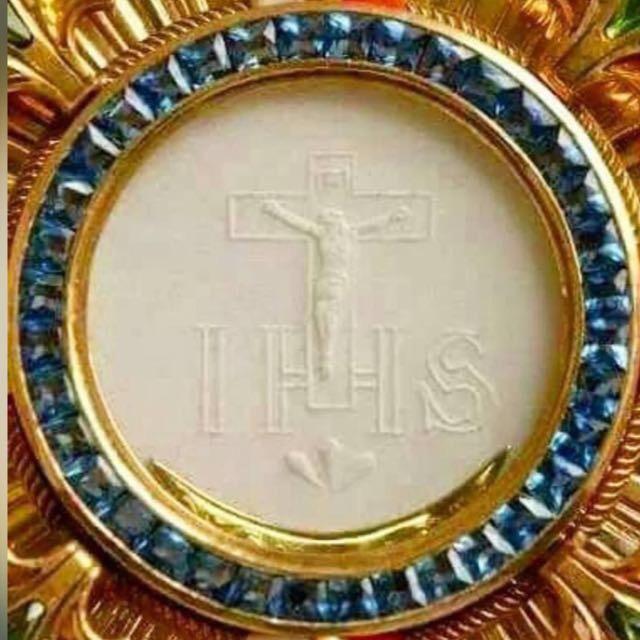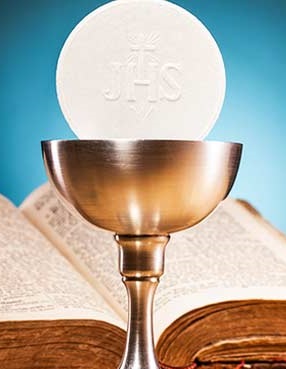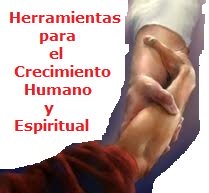How Is Money Created?
How is Money Created? Legal tender money (i.e. official money, official currency) is created as fiat money by private banks and comes to life when somebody acquires a debt.
And How Can I Help?
You may wonder, 'how can I be part of the solution', 'how can I contribute?'. Learn more...
The fact that Money is created that way, makes it scarce and is a major responsible for Poverty.
The absurdity of Money being a scarce resource is that Money is just an accounting creation. Its life cycle starts when a loan is granted; at that moment the principal is created. Its life ends up when the principal is paid out.
Does it mean that if there would be nobody (neither people nor private or public institutions) in debt there would be no money in circulation?
Yes, under the current financial system that is correct!
How is Money Created? Isn't it created by Central Banks though?
No, contrary to the most common thinking central banks do not create fiat currency. That role was historically granted to the private banks. Central banks may have the role though to replace legal tender (i.e. worn out bills) by new printed bills or minted coin. Yet that is not money creation.
If it is created as Fiat Money can a bank create as much money as it wishes?
In theory the answer is no; there is a limit established by the 'Fractional Reserve Banking' ratio. In a few words, a bank can leverage on the amount of cash it has in its vaults, in order to create fiat currency as many times as indicated by that ratio (i.e. 1:10,1:20, etc, which means that for each dollar in its vault a bank can create $10, $20 and so on).
Such Reserve Ratio varies from country to country and changes over time.
As of end of December 2011 countries like Canada, Sweden, Australia and New Zealand had for instance a Required Reserve Ratio of 0% meaning ‘No Reserve Is Required’! That is also equivalent to say that banks in those countries do not have a limit to create Money out-of-nothing!
Even though money is created as 'fiat money' why does everybody have to pay interest on it?
It is the trillion-dollar question! Ours is a debt-money system where money is created as debt and all of us have to pay interest on it to its creators (aka. The private banks) .
Are all types of money generated as fiat currency?
Even though money has different types, in essence its creation is an accounting matter. Currently, most of the money is electronic (i.e. electronic fund transfers or EFTs); although cash money (or paper money) is the one that comes to our minds first when we think about 'money', it is the least used in terms of number of transactions. In fact roughly 10% of transactions worldwide or less is done with cash. The bulk of transactions is electronic.
How is money created for public work purposes?
>>>> Let´s take the U.S. as a concrete example. If at some point money coming from taxes is not enough for the U.S. government to pay for its regular expenditures like public works (that deficit is called 'budget deficit'), it may decide to increase its debt by generating Treasury Bonds.
Those Treasury Bonds are in turn acquired by the Federal Reserve (which is owned by private banks). In a nutshell, as a new debt the Federal Reserve in turn creates new 'Fiat Money' which at the end of the process is handed over to the government.
Obviously, American taxpayers through their government are now obliged to start paying interest to the Federal Reserve on such a new debt.
>>>> The process is basically similar in all countries that have hard currencies like the US dollar.
>>>> How is Money created in countries with less strong currencies?
In such countries, the money creation process may have another ingredient. Let’s say for instance that in one of those countries there is a need for building several schools. If the local government does not have enough of its official currency for such a project, it may get a loan in US$, for instance from the IMF ('International Monetary Fund') or the WB ('World Bank'). The local government would in turn convert this influx of US$ into its official currency for the said project payment.
In the last example, the conversion of US$ to local currency unveils a double absurdity: If the local government has locally all what it takes to build the said schools (i.e. Manpower, construction materials, etc.; in other words, resources that can be paid out with local currency), first of all why does it have to get additional debt instead of sovereignly creating its own money, debt-free?; and secondly, why does it have to get indebted in a foreign currency (i.e.US$)!?
**** Bottom line, governments on behalf of society do not create fiat money for their own expenditures. If in need of money, they acquire new debts and pay interest to the money creators.
So, how is money created?
In essence it is created as 'Fiat Money' by private banks at the time a loan is granted.
As a consequence, in order to have Money in circulation somebody has to get into debt.
In particular, countries have to get into debt in order to acquire Money for covering their budget deficits.
The increased indebtedness of nations for instance is a major responsible for World Poverty since resources that should have been devoted to development projects, have to be dedicated to pay for principal and interests instead!
Could that be the greatest absurdity of the present history?
Return To The Top Of This Page
Return from 'How is Money Created' to 'Money As Debt'
Return from 'How is Money Created' to 'How To Fight Poverty'
And How Can I Help?
You may wonder, 'how can I be part of the solution', 'how can I contribute?'. Learn more...







